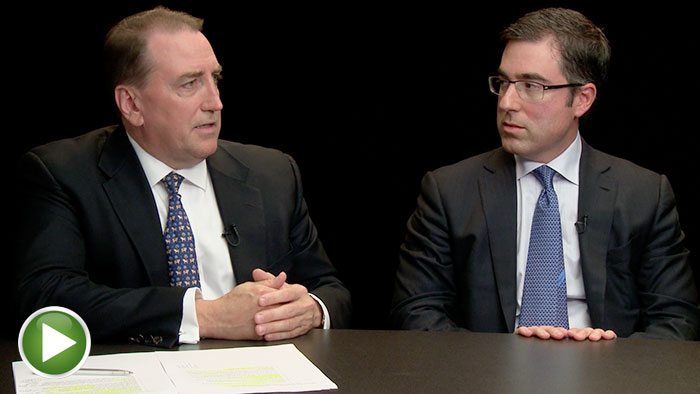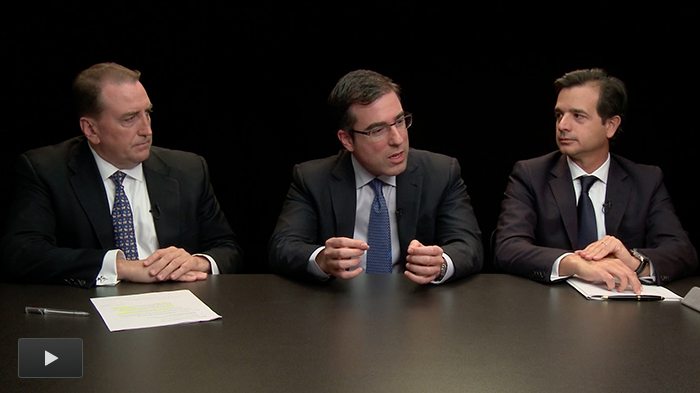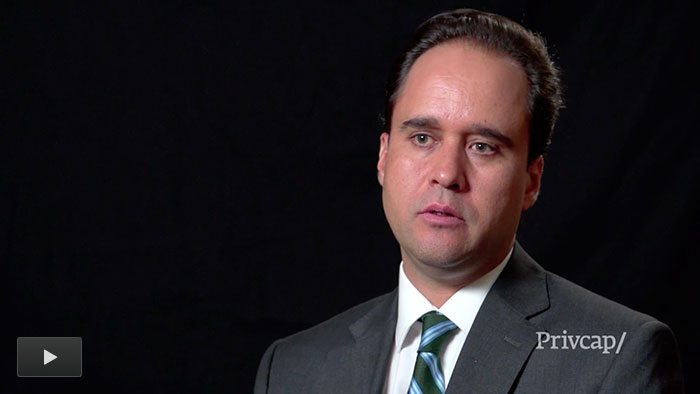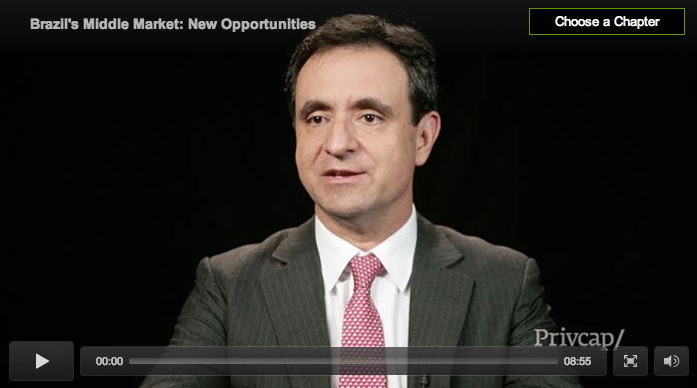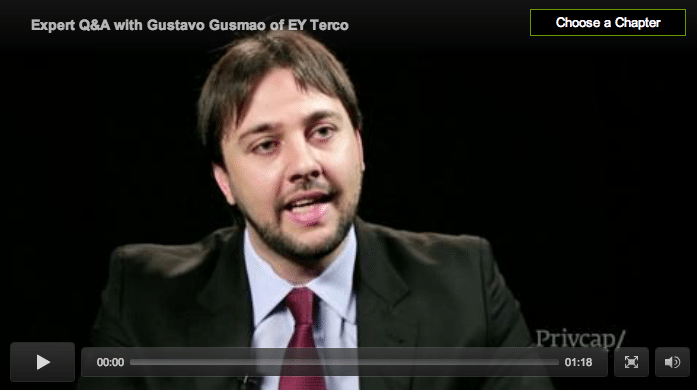Latin American Pensions Learn to Trust
FOR MANY YEARS, THE RELATIONSHIP BETWEEN Latin American pensions and private equity was un-even at best. Each time pensions took a step toward trusting the asset class, they next took an equal step back.
Private equity activity in Chile grew rapidly in the early 1990s, after Chile became the first major Latin American nation to privatize its pension fund management system and liberalize pension investment restrictions. Industry observers heralded the emergence of local institutional investors as evidence of maturation in the asset class and applauded as other countries in the region emulated Chile’s regulatory changes.
But the applause subsided in 1996, when a political scandal involving a private equity portfolio company soured Chilean pensions on the industry. Add mediocre fund performance and many wondered how long it would take private equity to restore its reputation.
In the late 1990s, a wave of state-controlled enterprise privitazations propelled Brazilian pension funds into private equity and special-purpose acquisition vehicles. Prominent local, regional and global firms—from GP Investimentos to Advent International—ramped up their activities in Brazil, enticed by attractive deals done in virgin territory.
But many of the special-purpose acquisition deals lost money and some degenerated into litigation. Worse, the 1999 devaluation of the Brazilian real hurt many Brazil-focused funds and sowed serious discontent and distrust among newly privatized pensions.
Fast forward a decade, though, and Latin American pensions appear to have taken a full-fledged leap into the asset class, with no sign they’ll turn back this time.
“Fifteen years ago there was practically nothing, so you can imagine how fast the growth has been and it continues to be very, very strong,” said Julio Last- res, senior managing director for Darby Overseas Investments, which has successfully raised capital from pensions in Colombia and Brazil. “You will always have performance ups and downs but I don’t see on the horizon anything that would make me suspicious of any real accident waiting to happen to private equity. The local investors are doing their homework, they’re getting good advice and they’re building a nice portfolio of GPs to take advantage of this asset class.”
Recent developments affirm Lastres’ point. Currently, about 25 percent of capital raised for private equity in Brazil is raised from Brazilian pensions, according to data from the Emerging Markets Private Equity Association. Once leery of general partners of all stripes, Chilean funds now make commitments to internayional buyout heavyweights like Blackstone and KKR.
With more than $638 billion in assets under management from pensions in Brazil, Chile, Mexico, Colombia and Peru—the five countries most actively involved in private equity in the region—the potential for Latin American fundraising is enormous.
But to see the region as a uniform opportunity obscures a thorny reality for firms hoping to tap into new sources of capital. Private equity is in very different stages of development in different Latin American countries, especially when it comes to regulatory restrictions.
Brazilian investment committees
In many ways, Brazilian pensions have one of the strongest relationships with private equity in the entire region.
Leading Brazilian pension funds like Previ and Funcef have been allocating to alternatives for years and each has well over $500 million in private equity assets un- der management. Brazilian institutional investors are allowed to allocate up to 20 percent of their assets un- der management to private equity, one of the largest allocation limits in the region.
But several regulatory hurdles have inhibited private equity fundraising among Brazilian pensions, especially fundraising by international firms. For example, Brazilian pensions are prohibited from investing in foreign-currency-denominated funds, essentially eliminating the possibility of investment outside of Brazil.
Fortunately, investment opportunities are abundant inside the country and the rule has not dampened Brazilian pensions’ appetite for the asset class as a whole. Strong returns, especially at infrastructure and real-estate specific funds, have attracted Brazilian pensions to private equity.
But when Brazilian pension funds do place assets with private equity, many demand a seat on fund investment committees.
“You can live with the investment committee process but then it becomes very difficult to pair a local fund with international limited partners,” Lastres said. “By and large, international partners are going to say no [to these funds].”
Lastres stressed that pension membership on investment committees does have its benefits. “You feel much closer to your investor base and it provides for a lot of consultation.” But it means that creating a traditional commingled fund is more difficult in Brazil than in the West.
If Brazilian pensions are to reach the level of maturation and participation of their counterparts in the U.S. and Europe, they may need to drop their demands for disproportionate investment committee influence.
The Colombian ideal
Brazil is not the only country in the region to have regulatory barriers to pension fund investment in private equity. Chile and Mexico (which has only very recently allowed private equity investments) require all funds to be publicly listed, while other nations maintain strict limits on allocations to foreign equities or alternatives.
The story is different in Colombia, where policymakers have actively sought to limit the regulatory hurdles to pension investment in private equity. That’s a large part of the reason why Colombian pensions are regarded by general partners as the region’s most sophisticated institutional investors.
Colombian pensions are estimated to have deployed $1 billion to private equity firms, according to the Emerging Markets Private Equity Association. Pensions are not restricted from investing in global funds. Recently the pension fund AFP Proteccion publicly declared its intention to commit $2 billion to $3 billion to private equity over the next several years.
So why have Colombian pensions developed into the region’s shining example of ideal limited partners? And why have regulators made the landscape so accessible to private equity firms?
Lastres points to the macro underpinnings of the Colombian economy. “This is really just the private sector at work,” he said. “Colombia has had a very well-managed economy for many years.”
Private equity advocates throughout the region are hopeful it will be just a matter of time before pensions in other Latin American countries reach the same level of sophistication as their peers in Colombia. That hope seems much more realistic now than it was a short decade ago.
Latin American pensions once gave private equity the cold shoulder. Now they embrace the asset class. What’s next for these promising LPs?
Register now to read this article and access all content.
It's FREE!
Privcap Email Updates
Subscribe to receive email notifications whenever new talks are published.
